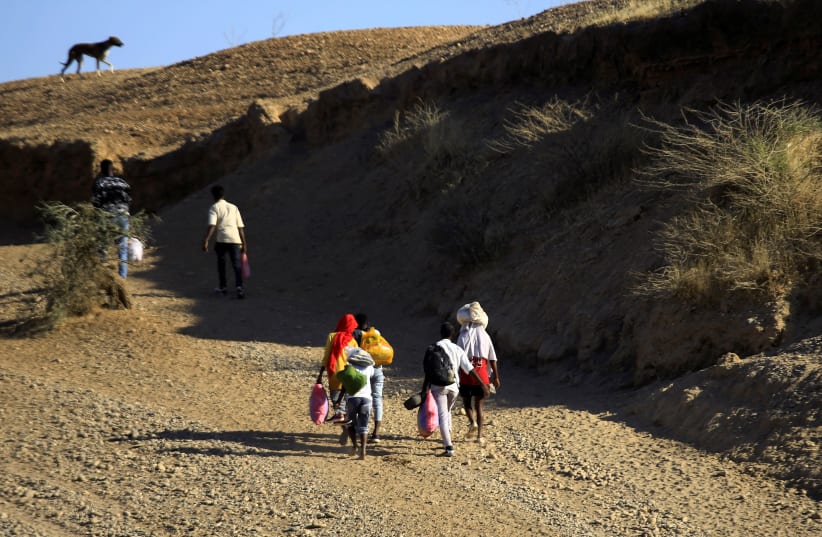As an introduction, the researchers explain that Sudan is a gold mine for archeologists as it is filled with countless funerary monumental manifestations of Nile Valley and its historical civilization.
Though we don’t know a lot about funerary practice in that area, we do know that the monuments found can be ascribed to different periods and cultures.
Qubbas is the name of funerary monuments related to medieval Islam whose origins and architectural style have been somewhat debated.
In an interview with Live Science, Stefano Costanzo, a doctoral student in archaeology at the University of Naples L'Orientale in Italy and lead author of the journal article said that at first it would seem as if the tombs arrangement was just a result of the surrounding environment.
But the archeologists sensed that there is some spatial pattern between the tombs.
The team mapped out the the funerary monuments but had trouble interpreting it because some of the monuments had already been excavated.
They began to search for statistical modeling techniques that may help them detect the pattern and came upon a method called the Neymann Scott Cluster (NSC) process, originally developed to study spatial patterns of stars and galaxies.
This technique revealed that the six visible tombs had additional sub-clusters of monuments nested within the tombs.These galaxy-like clusters were then referred to as ‘parent’ and offspring tombs.
The researchers noticed that the sub-cluster tombs revolved around the ‘parent’ tombs regardless of their chronology and shape and this allowed them to form their hypothesis about the role of the tombs.
The researchers then started to research the groups that were inhabiting the area since the late 1st millennium BCE and found that the clusters most likely were related to the Beja people and could possibly be tribal or family cemeteries.
The study found that the parent tombs were placed in environmentally opportunistic areas and that the qubbas will more likely be spread “along foothills flat area with higher availability of raw material.”
Further research is needed to determine the exact locations of the parent tombs within the formations and who were the people buried in them.
